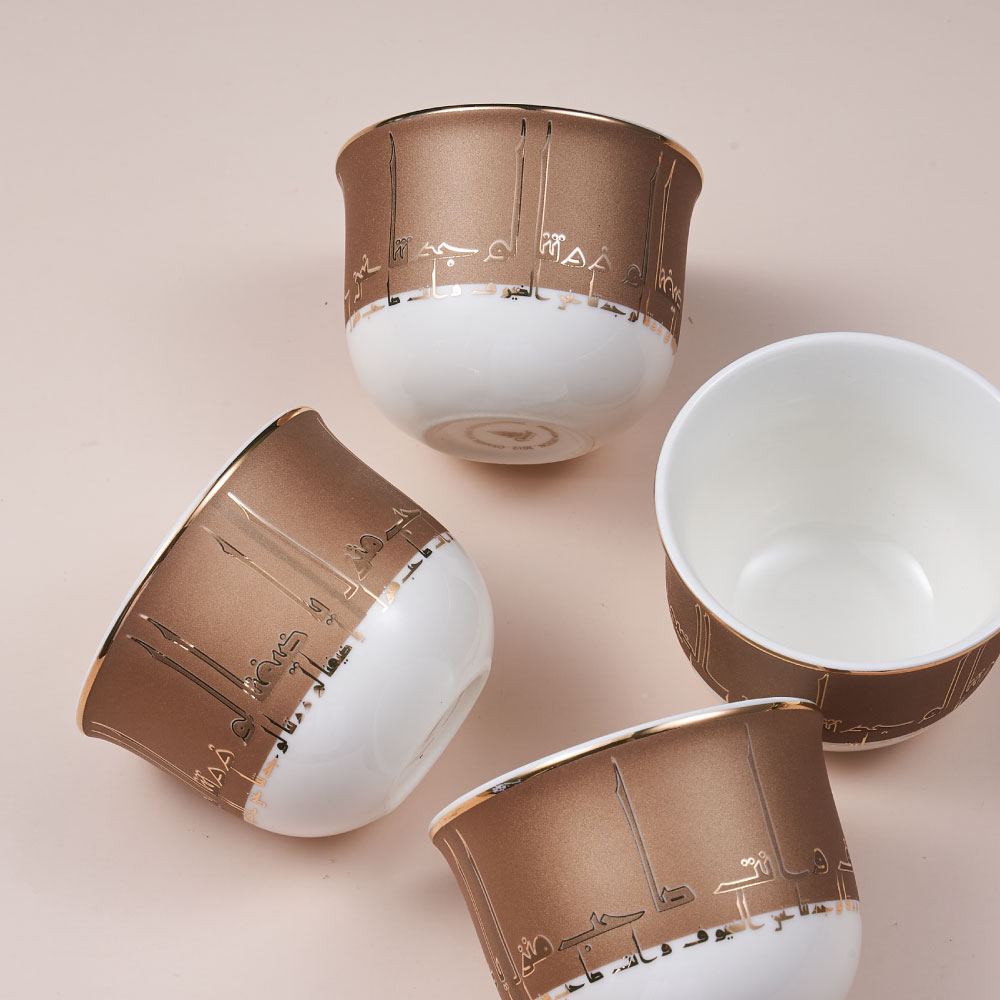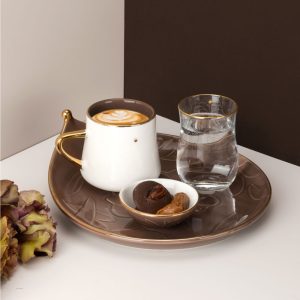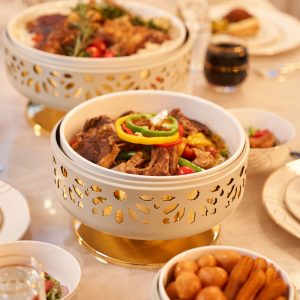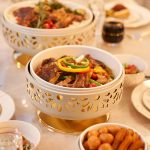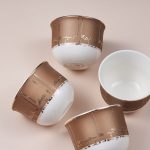Arabic coffee is a famous cultural symbol across the Middle East and North Africa. Many people assume that what makes Arabic coffee different to the coffee consumed elsewhere in the world is the type of bean used, but this is not the case. It uses the same Arabic bean we find in our espressos and caramel lattes, but the distinct methods of preparation and added flavors are what make it unique.
Arabic coffee is boiled, filtered and (usually) brewed with cardamom. Its strength and color varies across the region – for example, in the Levant, Arabic coffee is usually thick and dark in color, while in parts of the Arabian Peninsula such as the Nejd and the Hejaz, saffron is added to give it a paler, golden color. Cloves and cinnamon are also sometimes added for extra flavor.
the preparation of coffee in the Middle East is slow – it’s a ritual, a ceremonial practice that’s crucial to bringing families and communities together. This is partly why UNESCO officially declared Arabic coffee part of the Intangible Cultural Heritage of the region.
Arabic coffee is a unifier: it’s enjoyed by men and women alike across all sections of society. Families have passed down the practice over centuries and generations, and the effort that goes into every cup gives a very real sense of its cultural significance.
The best beans are carefully selected, roasted and ground. Water is added, it’s brewed over a flame then served in small, decorative cups called finjān, sometimes from a tall, elegant coffee pot called a dallah. The coffee itself is bitter and strong, usually served without sugar but accompanied by something sweet to balance out the flavour – often sweet, sticky dates.


